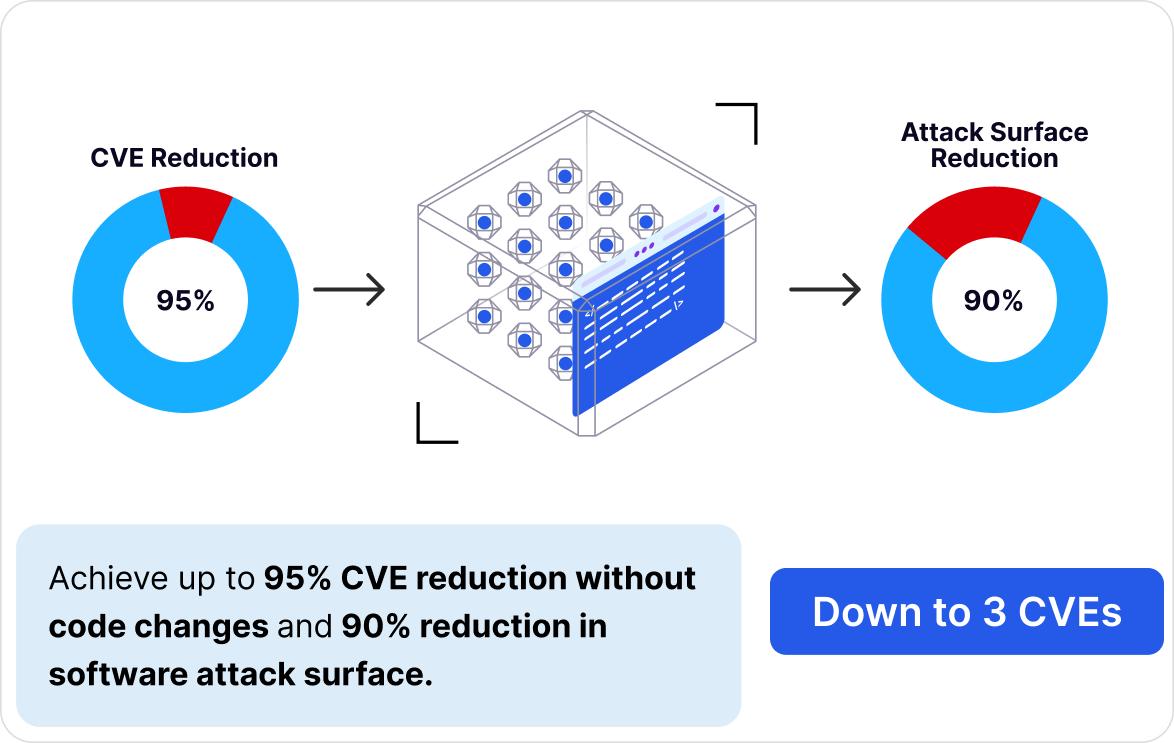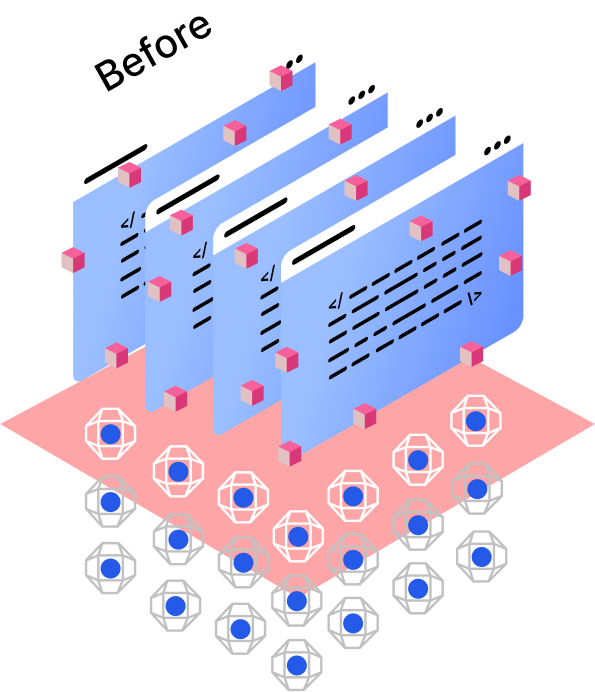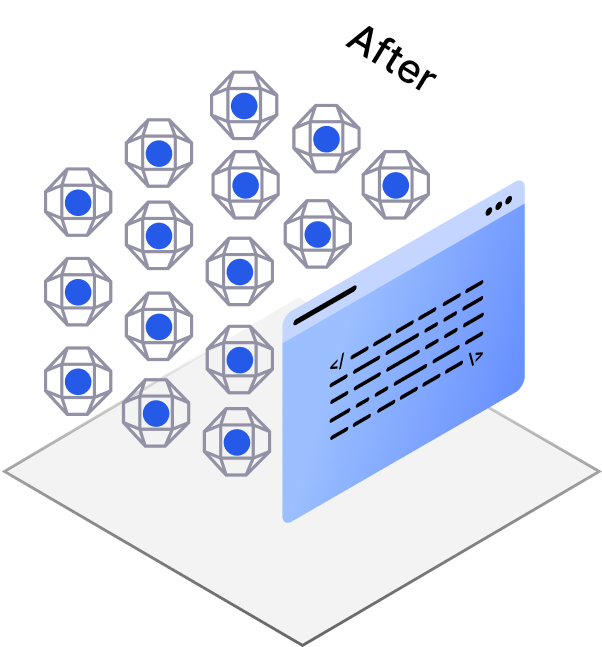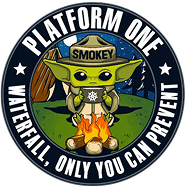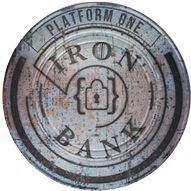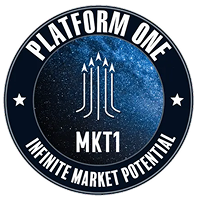3 Easy Steps to 95% CVE Remediation with RapidFort Platform

Inventory & Understand
Analyze & Profile CVE Risks
- Baseline Container Risk Anywhere - RunTime, Inline, Registry
- Reconcile CVEs Across All Scanners
- Generate, Warehouse, & compare CVE Drift Over Time
- Identify Unauthorized Components
& Benchmark Applications (STIG)

Remediate & Automate
Agentic AI Auto Remedation
- Immediate CVE Remediation with Near Zero CVE RapidFort Images
- 10,000+ Near Zero CVE Images for Popular LTS Open-Source Distros
- STIG / FIPS Compliant (FedRAMP, CMMC, SOC 2, NIS 2)
- Auto CVE Remediation in CI/CD at Scale

Maintain & Defend
Secure 1st & 3rd Party Images
- Remove Unused Components
- Reduce Software Attack Surface by up to 90%
- Complete End-to-End Remediation Workflow & Reporting
- Optimize, Monitor & Manage entire Application Clusters at Scale
A secure foundation for software development and deployment
5.8M
vulnerabilities identified
4M
Million CVEs removed.
6M
Images downloaded
6000+
Largest library Near Zero CVE Images
170,000
Hardened container images made available.
95% CVE Remediation
Powered by 5 Core Differentiators Only RapidFort Offers
DISA / DoD
Approved OS-Based Images
Includes integrated OpenSCAP STIG/CIS scanner
Complete End-to-End Platform
Near Zero CVE images, Scanning, Profiling, Hardening, Benchmarking
Open Source not Single Source
Based on trusted LTS Linux distributions—Ubuntu, RHEL, Debian, Alpine — no vendor lock-in to proprietary OS
Patched vs Daily Build
RapidFort Near Zero CVE images are patched with minimal code changes to ensure high reliability
Full Stack Optimization Effectiveness
Allows end customers to secure full-stack software (1st- and 3rd-party)
Built to Eliminate CVEs, Reduce Costs, and Accelerate Compliance
95
%
CVE Remediation
Eliminate vulnerabilities automatically — without code changes
90
%
Attack Surface Reduction
Remove dormant, unused, and unreachable components
100
%
Real Execution Path Visibility
See exactly what runs — and what never should
1
M
+
Images Hardened
Optimized containers by reducing software attack surface
82
M
Packages Secured
Scanned, profiled, and monitored via DevTime and RunTime tools
124
M
Vulnerabilities Removed
Eliminated through container hardening — no code changes required
See what our users think about RapidFort
Securing the Global Software Supply Chain
RapidFort Software Supply Chain Security Platform
The only platform that starts secure and stays secure — from base image to production runtime.

Inventory & Understand Vulnerabilities With DevTime Protection Tools
Scan, instrument, and profile containers anywhere (Registry, Inline, Runtime) — without changing a single line of code. Reconcile CVEs across mulitple scanners. Generate audit-ready SBOM and RBOM™ artifacts, detect unused packages early, and prioritize remediation using runtime-aware visibility and RapidRisk Scores.
Near Zero CVE Images
With Agentic AI Auto Remediation
Leverage RapidFort Agentic AI engine to replace 3rd party images with Near Zero CVE Images and automatically remediate CVEs — Daily-built images, FIPS 140-3 validated, and STIG/CIS benchmarked. These optimized base images remove unnecessary components and support LTS distributions like Ubuntu, Alpine, Red Hat, and Debian, with no vendor lock-in.
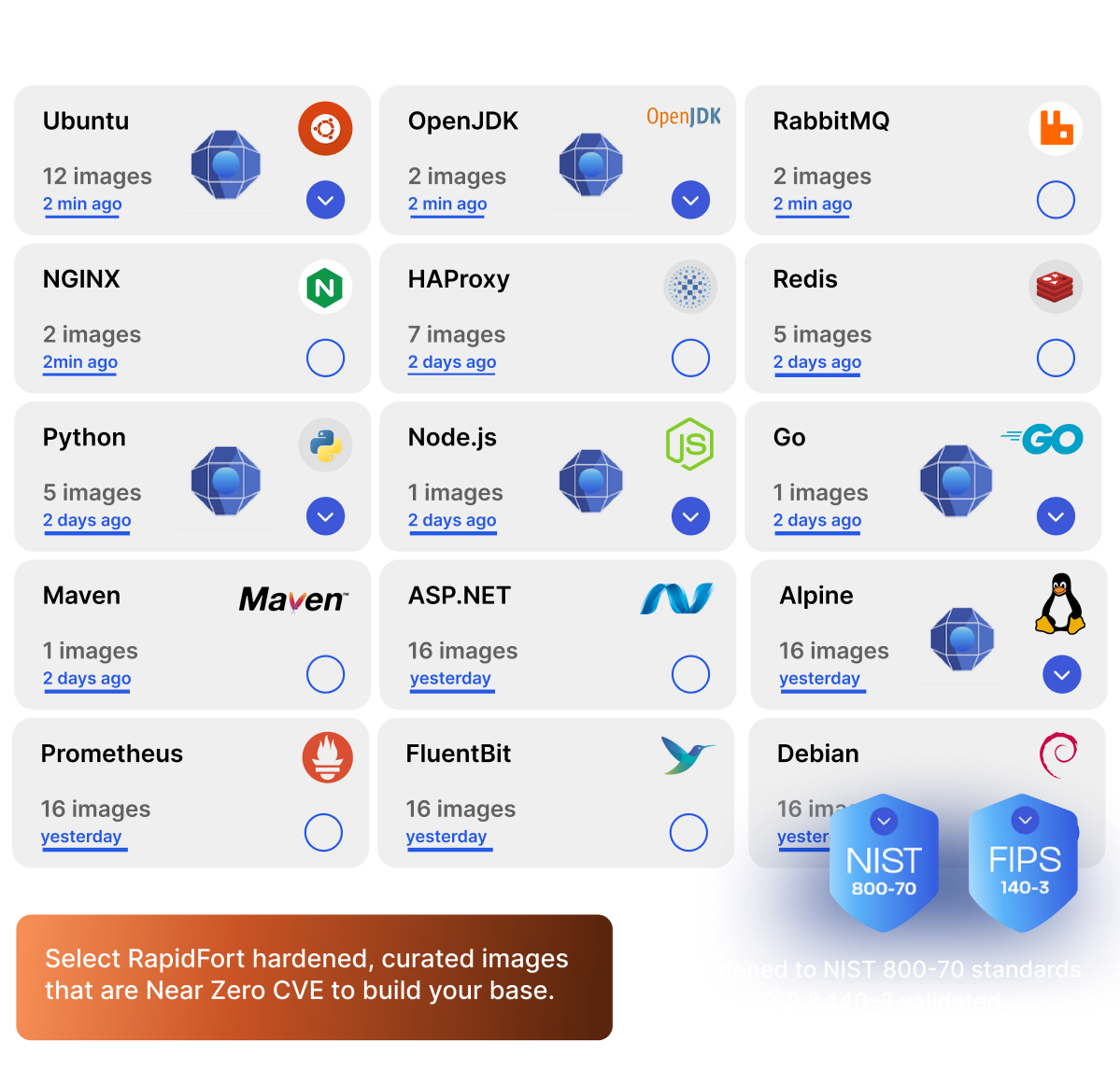
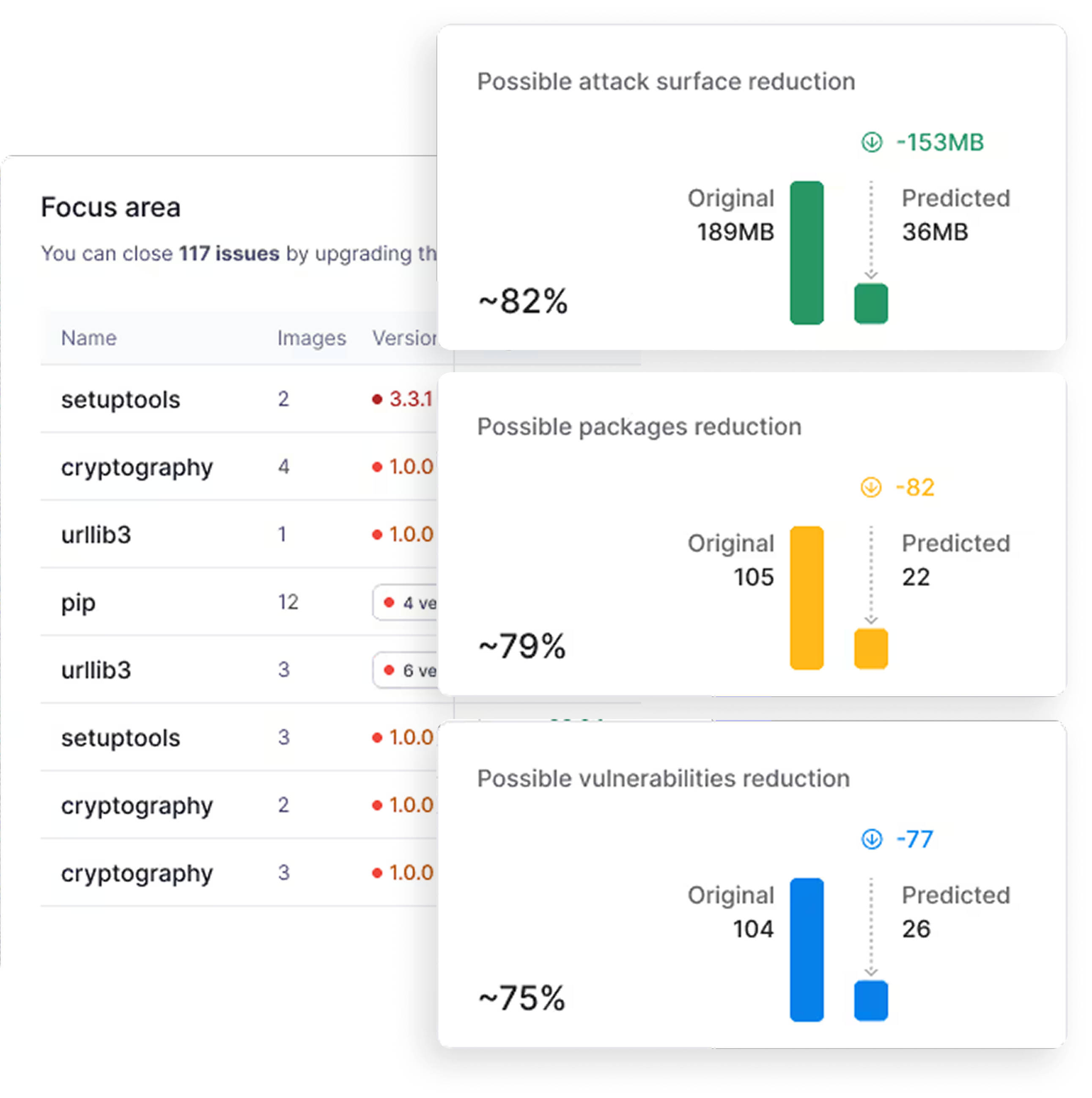
Maintain and Protect Software
With RunTime Protection Tools
RapidFort’s platform allows end-to-end CVE remediation workflows. It protects production containers by analyzing actual execution paths, removing unused components, and filtering unreachable CVEs. With deep binary scanning, baseline profiling, and CIS/STIG alignment, it reduces up to 90% of the attack surface — all with less than 1% overhead. Once profiled, a unique fingerprint is maintained to monitor and protect runtime container clusters.


Use Cases
Understand how teams use RapidFort to secure applications.
Vulnerability Remediation
The current vulnerability remediation process is time-consuming and inefficient, and software releases are delayed. It involves hours of engineering time to identify and prioritize each vulnerability, research the root cause, and eventually fix each vulnerability before release.
RapidFort’s innovative solution automates Vulnerability Identification, reporting, prioritization, root-cause analysis, and remediation in just a few minutes. RapidFort remediates over 95% of vulnerabilities automatically with no code changes.
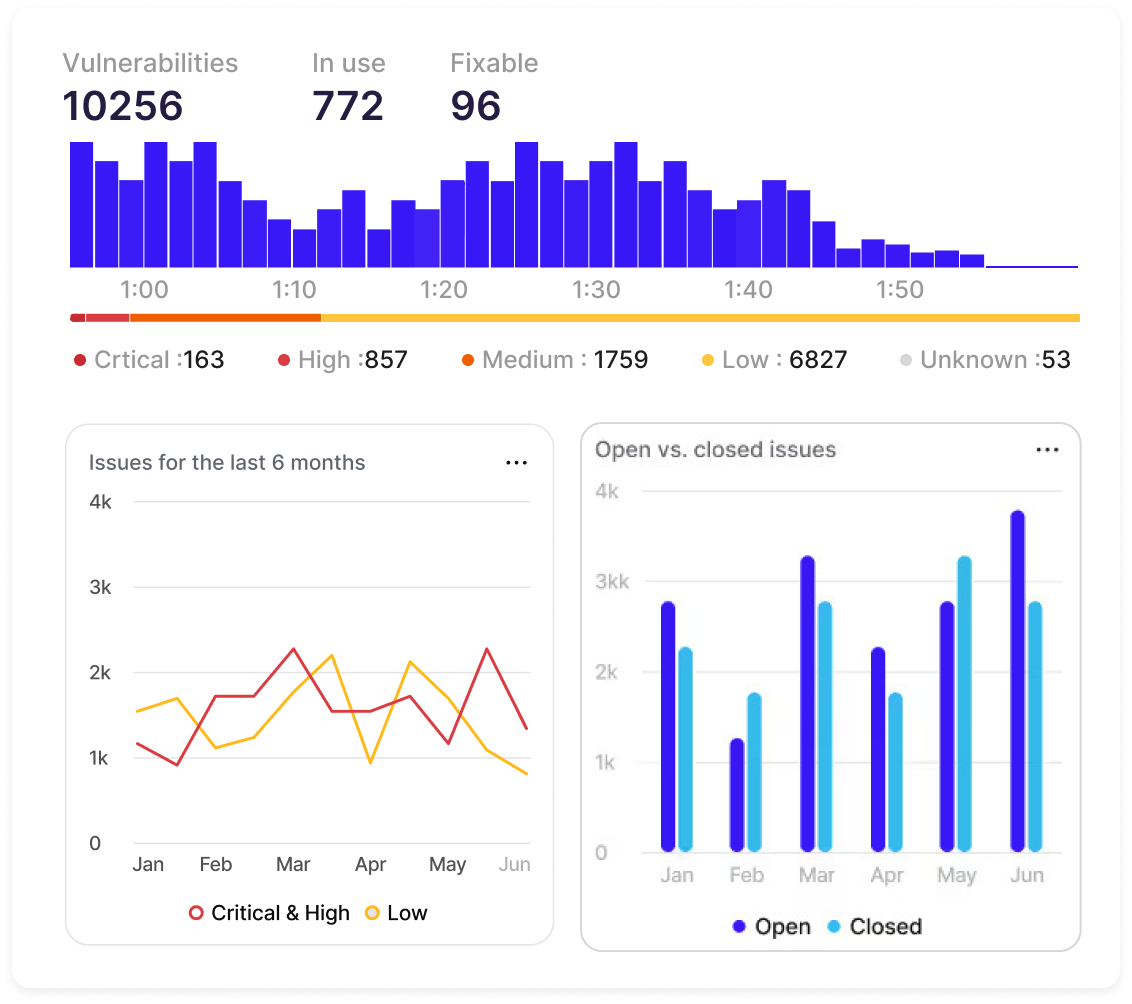
Software Supply Chain Security
Strengthen your software supply chain with curated images, CI/CD instrumentation, and production runtime controls.
RapidFort helps teams reduce risk and improve release velocity with full-stack visibility and protection.
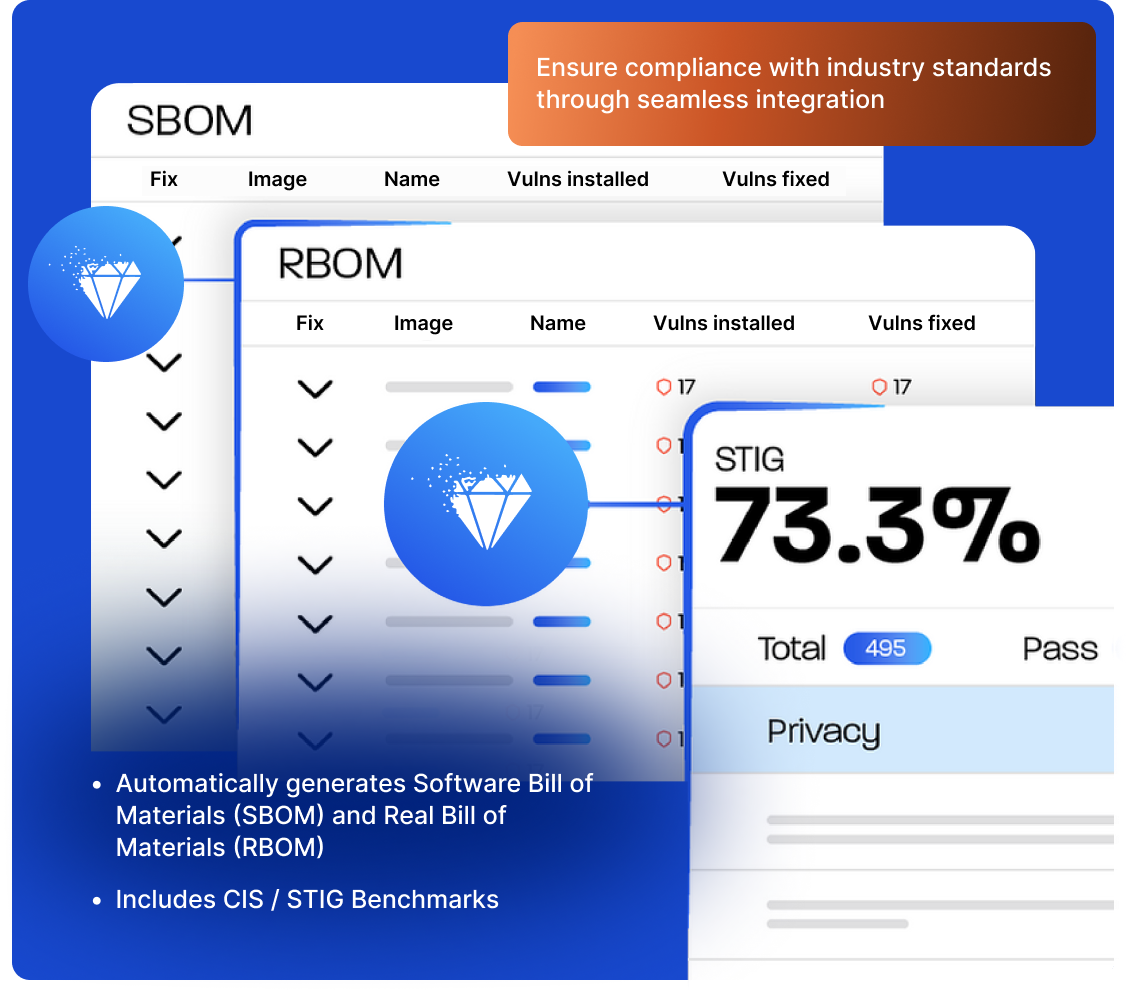
FedRAMP Compliance
Achieving FedRAMP compliance can be a complex and time-consuming process, but RapidFort simplifies and accelerates it with its advanced security optimization platform. By reducing vulnerabilities through its near-zero CVE container images, DevTime protection, and RunTime protection, RapidFort helps organizations build hardened cloud environments that align with FedRAMP’s stringent security controls. With automated security hardening, continuous monitoring, and detailed software bill of materials (SBOM) generation, RapidFort enables federal agencies and cloud service providers to streamline their compliance journey while strengthening overall security.
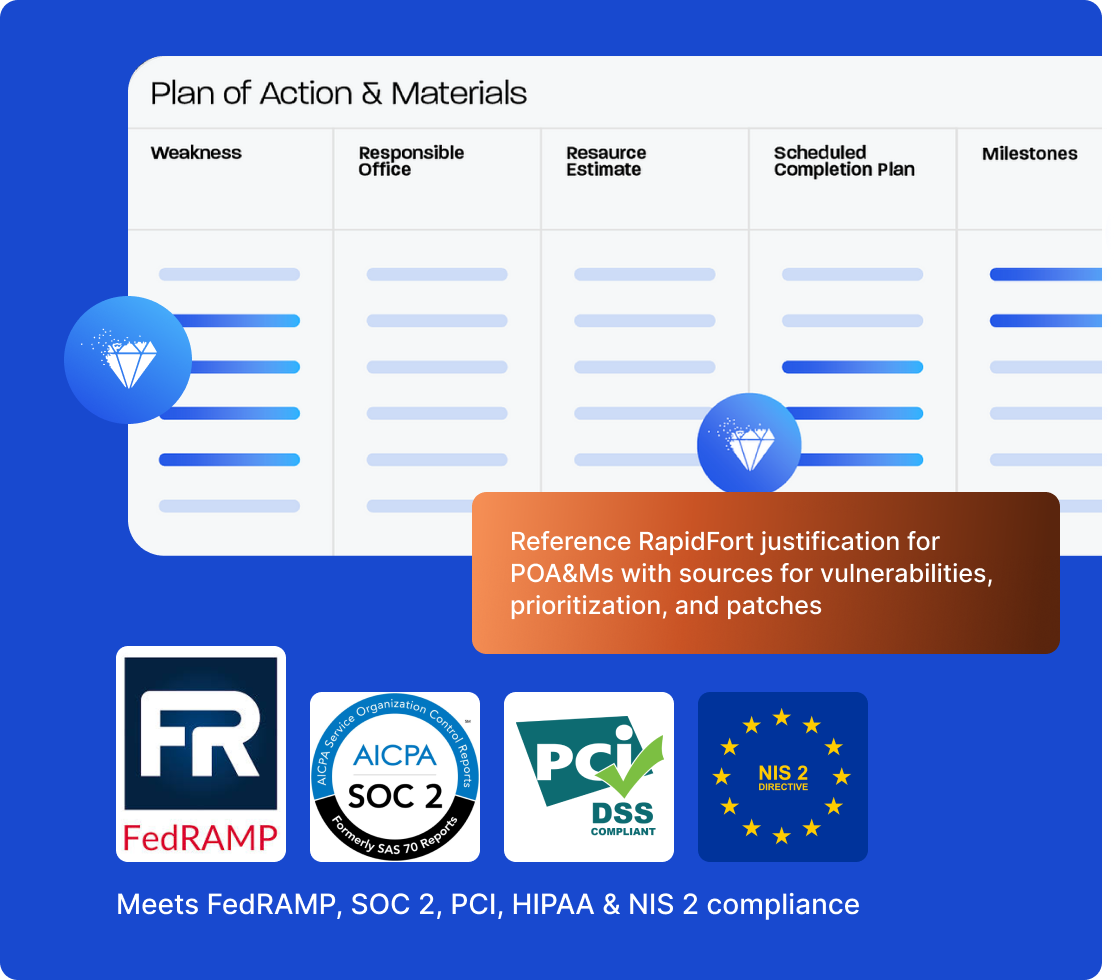
Secure by Design. Trusted by Federal and Enterprise Partners.
From containerized SaaS to classified infrastructure, RapidFort supports trusted vendors securing the software supply chain at scale.
























Integration
Integrate RapidFort directly into your existing workflows and tech stack


















Frequently asked questions
Answers to Your Most Common Questions
RapidFort is a Software Supply Chain Security platform that helps teams identify, prioritize, and remediate software vulnerabilities—without code changes—by combining DevTime Protection Tools, Curated Near‑Zero CVE Images, and RunTime Protection Tools into a Software Attack Surface Management (SASM) workflow. Typical outcomes include up to 95% CVE remediation and up to 90% attack surface reduction driven by runtime intelligence.
Step 1 — Inventory & Understand (DevTime Protection Tools):
Integrate with your CI/CD pipeline or directly into your Kubernetes environment to scan container images, generate SBOM/RBOM™, reconcile scanner findings, detect drift, and profile execution paths using binary scanning. Outputs include SPDX/CycloneDX reports and RapidRisk Score to prioritize real risk.
Step 2 — Remediate & Automate (Curated Near‑Zero CVE Images):
Drop‑in 10,000+ curated images built on LTS distributions (Alpine, Debian, Red Hat, Ubuntu), hardened with STIG/CIS in alignment with NIST SP 800‑70, with FIPS 140‑3 validation and continuous patching—so teams start with near zero CVEs. No vendor lock‑in.
Step 3 — Maintain & Defend (RunTime Protection Tools):
Enforces runtime‑guided hardening to remove unused components, continuously monitors baselines, and alerts on anomalies—achieving up to 95% CVE remediation and up to 90% attack surface reduction with <1% compute overhead.
They are production‑grade base images that are continuously patched and scanned, available across LTS Linux (Alpine, Debian, Red Hat, Ubuntu), hardened using STIG/CIS benchmarks (aligned to NIST SP 800‑70), and offered at scale (10,000+ images). They are designed to accelerate FedRAMP/CMMC/SOC 2 readiness and avoid lock‑in by using widely adopted distributions.

Join our community and discuss your security needs with our technical advisors
Contact our technical security specialists for personalized assistance with your software security challenges. Or join our community on Slack to learn, connect, and collaborate.

